How to help kids with separation anxiety succeed in life.
My 4-year-old has a surprisingly strong grip when he doesn’t want to go somewhere.
For the past few months, dropping him off at his Thursday daytime had become a wrestling match. He wrapped himself around any vulnerable-looking body part…legs, arms, and neck were all fair game.
I tried to entice him with games, friends, and the occasional bribe, but he would have none of it. He knew Mommy was leaving so he was going to hold on with the strength of a baby koala.
If you have kids, or work with kids, or were recently a kid, you probably can instantly tell that my son was dealing with separation anxiety.
SEPARATION ANXIETY IS A GOOD THING
As a mom, it’s easy to fall into the trap of thinking that separation anxiety means I’ve done something wrong.
On the contrary, a child that has been cared for by a reliable caregiver since birth will have developed an emotional attachment to the caregiver (usually mom). All children in healthy relationships will experience some amount of separation anxiety in their younger years. (See this article on Attachment theory and styles.)
Separation anxiety is the fear of separating from the Safe person, the one we’ve attached to.
Children who haven’t bonded properly with their caregiver don’t cry, as we see in orphanages where babies are not held and rocked and snuggled. These babies stop crying because they know that no one will answer. Children who haven’t bonded don’t experience separation anxiety.
So the crying and clinging that happens when you try to drop off your child at preschool is a sign that your child’s brain is developing normally!

HOW TO DEAL WITH SEPARATION ANXIETY
Even though separation anxiety in toddlers and preschoolers is completely normal, it is still disruptive. No mom wants to leave her child while they’re screaming! When my oldest started kindergarten the teachers had to pry him off me, screaming. That was NOT fun.
What follows are some proven ways to deal with separation anxiety in a child, particularly a preschooler. These are researched and suggested by many therapists (I’ll leave some references) and I’ve tried most of these on my own three kids, including the kindergarten screamer and the child mentioned above.
1. TRANSITIONAL OBJECT
You may remember Linus from the Charlie Brown cartoons or movies. No one wants their child to carry around a scruffy, filthy blanket all the time, but letting your child bring their comfort object along can help him move from dependence to independence.
A transitional object is simply an item that provides comfort. Your child probably already has one! I have seen children that use blankets, teddies, and even their mother’s bra as a transitional object.
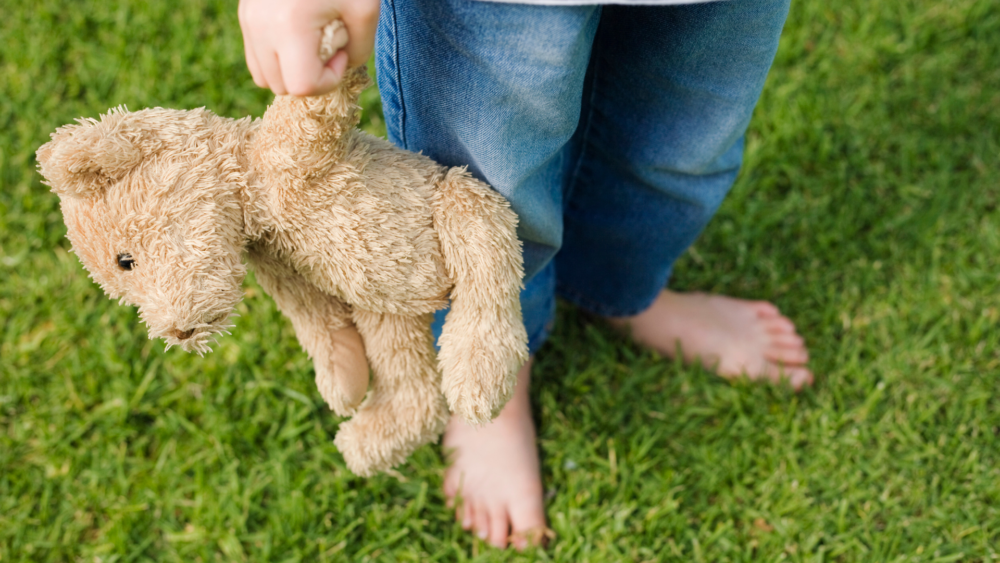
Contrary to popular belief, having a transitional object won’t make your child a wimp or unable to handle circumstances on their own. In fact, having a comfort from home can help her be even braver because she knows she has something familiar that brings security.
If your child isn’t into blankets and teddies, here are some other examples of transitional objects:
- A special bracelet or anklet
- A locket with a picture
- A special scarf so the child can wrap themselves in a hug
You can read more on transitional objects here.
2. LEAVE A PICTURE
In this article, Linda shares the story of when she had laser eye surgery. She was afraid, so she asked her friends and family to think about her while she was in surgery. During the surgery, she thought of her friends thinking of her and the accepted the love and caring that she knew was coming her way. To her great surprise, this is what happened:
“About 10 minutes into the operation, quite suddenly, all sense of anxiety ceased completely. I was flooded with a sense of love and belonging that was quite over-powering. There was nothing to be afraid of, nothing at all. This serene peacefulness lasted until the surgery was finished. It lasted for the next 8 months. I was aware that, in situation after situation that would have caused anxiety in the past, I was not feeling any anxiety. Just feeling aware and moving right along.”
At a conference later in the year, she asked another professional about the experience. Essentially what had happened was that as she focused deeply on her loved ones, oxytocin (the bonding hormone) was released. This activated another pattern in her brain that literally extinguished her fear response. (Read the whole article here.)
This can happen for our children too!
Oxytocin is often called “the bonding hormone” because it is released when we do physical activities that draw us together (like snuggles!). It plays a part in reducing stress and anxiety.
In the same article I mentioned above, the author says this: “We are learning that even a visual image of someone we love or feel safe with can release oxytocin in our brains.”
If oxytocin reduces anxiety, and we can trigger oxytocin by looking at a picture of someone we love, then leaving a picture with our child ought to help! This is similar to a transitional object.
I hadn’t tried this approach myself, so I asked my Facebook friends if they had found this effective, and the resounding answer was YES! Here are variations they suggested:
- One mom took her kindergartener to a mall for a fun trip, and they took some silly pictures together. He kept it in his backpack at school and looked at it whenever he missed his mom.
- One mom recorded a special message into a Build-A-Bear, which the child squeezed whenever she needed to hear mom’s voice. Another of her kids had a stuffed bear with a photo in its pocket.
- Another mom gives her son an iPad filled with family pictures, which he looks at for 10 minutes before going to sleep.
- During their dad’s deployment, one military family had pictures of him on everything, including stuffed animals, blankets, and pillows.
- Another family gave their child a mini-album filled with family pictures when they left her with someone else for a vacation.
So you can see that leaving a picture or yourself or your family with your child can be a powerful way to give her courage when you’re apart.
3. STEPLADDER APPROACH FOR SEPARATION ANXIETY
It can be tempting to simply let a child avoid situations where she might feel separation anxiety. We can choose not to drop our babies off at the church nursery, or to keep them out of swimming lessons, or even to homeschool.
None of those choices are bad, but if we choose them solely because our child is anxious about those things, we will simply be proving to the child that there IS something to fear in those situations. Oops.
Instead, you can try the stepladder approach.
The first rung of your stepladder is the thing your child fears the least. This might be as simple as leaving your child in another room while you take a little break in the bathroom, or leaving her at home with home with dad for 10 minutes while you walk around the block. If necessary, offer a reward to the child when you return.
Once your child experiences less fear around the first step, give lots of praise and encouragement!
Then you take the next step. This might be dropping her off at for 30 minutes at the daycare in your local community center, or for a very short playdate with a friend.
If those steps are too far apart, pull back and make very small changes instead. (There are some great examples in this article.)
As your child moves up the stepladder to longer separations, she will grow in confidence!
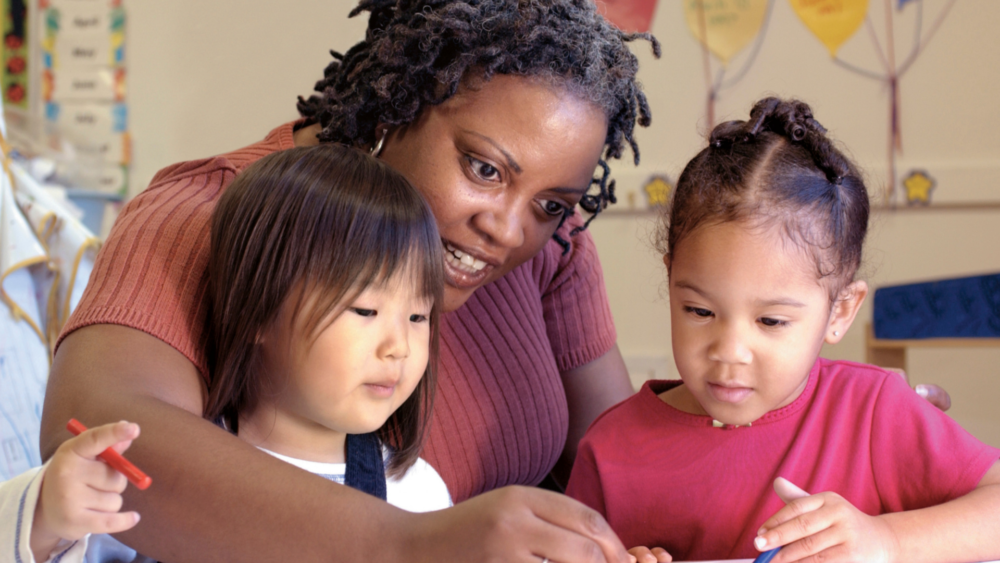
4. SOCIAL STORIES
Social stories are specific descriptions of normal, everyday things. They give a child a framework so they know what to do when confronted with certain situations. Social stories are often used with children with autism, anxiety, and other similar struggles. (Read about their use with autistic children here.)
A social story can help a child with anxiety in several ways:
- It shows the situation from a child’s perspective.
- It helps the child have appropriate expectations about the situation.
- It gives the child the chance to have some control over what they will experience.
Social stories can be written for your young child, but if you let her have some say in how the story will go, you will give your child a sense of control over her life. This sense of control can be really important to a child with anxiety.
Here’s an example of a social story for separation anxiety.
4.a) A more general view of social stories is that they are any story that helps your child in a specific situation.
In Quinn’s Promise Rock, Quinn the owl experiences separation anxiety. Her dad shows her how to deal with her anxieties by focusing on the metaphor of a rock.
Read more about Quinn’s Promise Rock and the social story you can give your child here.
5. GOODBYE RITUALS
One day, as my little guy was clinging to my leg instead of walking happily into his dayhome, my friend bent down and asked him a question.
“Would you like to wave at mommy out the big window?”
I thought, “no way is this going to work”, but to my great surprise, he let go of his death grip on my leg and allowed her to walk him to the big window in the front room. He looked hesitant but seemed willing to try this new thing.
I hustled out the door and to the other side of the window, waving enthusiastically and blowing kisses. He gave a tiny smile as I turned to leave.
The next week, she again invited him to wave out the window. This time he went with a little less trepidation and waved a little bigger.
A few weeks later, I dropped him off at my mom’s house and I asked if he’d like to wave at me out of her front window.
“Ok!” he said, then ran off to tuck himself in front of the curtain.
This goodbye ritual has worked even on the days when he is tired, emotional, and at his most clingy.
Recently we’ve added a secondary ritual of buckling up his teddy bear into his car seat before he goes into the house. Then, when he’s picked up, he is thrilled to see Teddy waiting in the exact same spot.
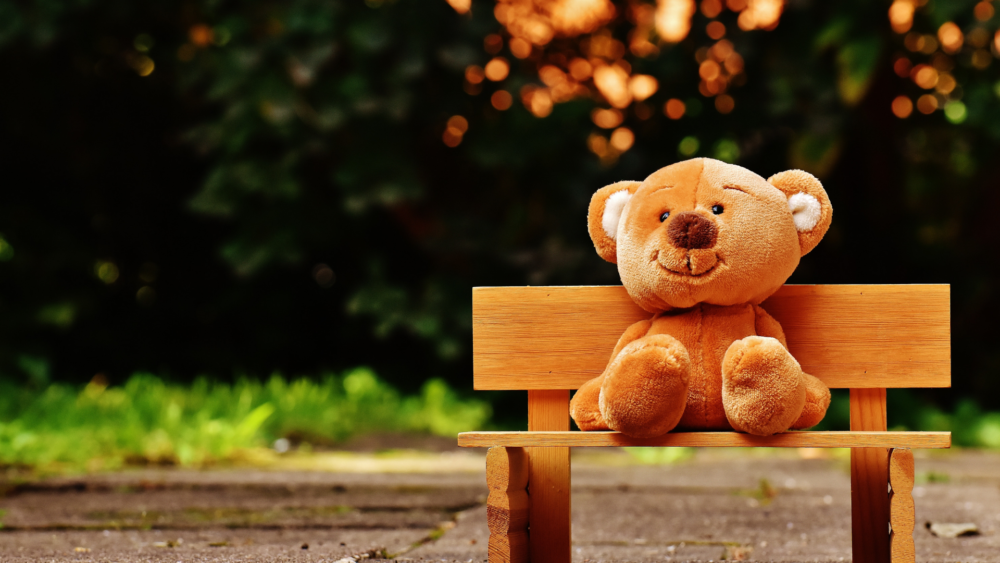
Use your imagination and family structures to create your own goodbye ritual! You might try one of these:
- kiss the top of your child’s hand before they go (like The Kissing Hand).
- a hug or a handshake, done the exact same way each time.
- a special phrase you say each time you leave.
- create a special signal or hand motion with your child, that you use when you separate
- Another friend gave her son a rock to put in his pocket. She told him that each time he felt the rock, he was to remember that even though mom wasn’t there, God was always with him.
This last ritual is the premise of my new book, Quinn’s Promise Rock.
In it, little Quinn experiences separation anxiety and her dad shows her how much she can trust in her all-present God. Written for children experiencing moments of separation anxiety or other common fears, Quinn’s Promise Rock reminds kids that God will always be there for them, whatever happens, or wherever they go. Share this comforting truth with your child today! Click here to read more.
The key with rituals is that you need to do them the same way each time, or they won’t be comforting for your child. So make sure you pick something you can follow through with!
HOW TO HELP KIDS WITH SEPARATION ANXIETY
This was a long article! But it’s a complex issue and different children will respond to different things. To summarize, you can help your child through the following techniques:
- Using transitional objects
- Leaving a picture of yourself or your family with the child
- Using the stepladder approach
- Using social stories to equip your child
- Using consistent goodbye rituals
As you try to help your child with separation anxiety, I hope you find these techniques helpful.
Together, may we help our baby koalas be brave and move into the world with confidence!

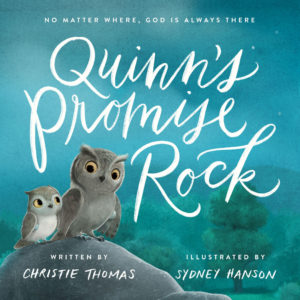
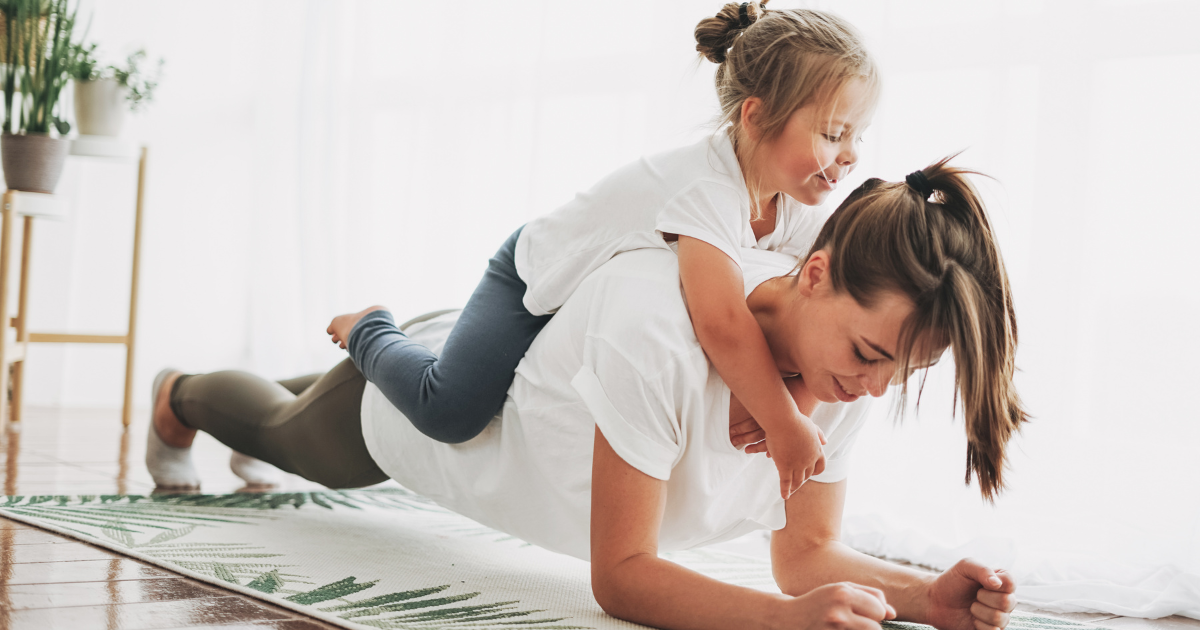

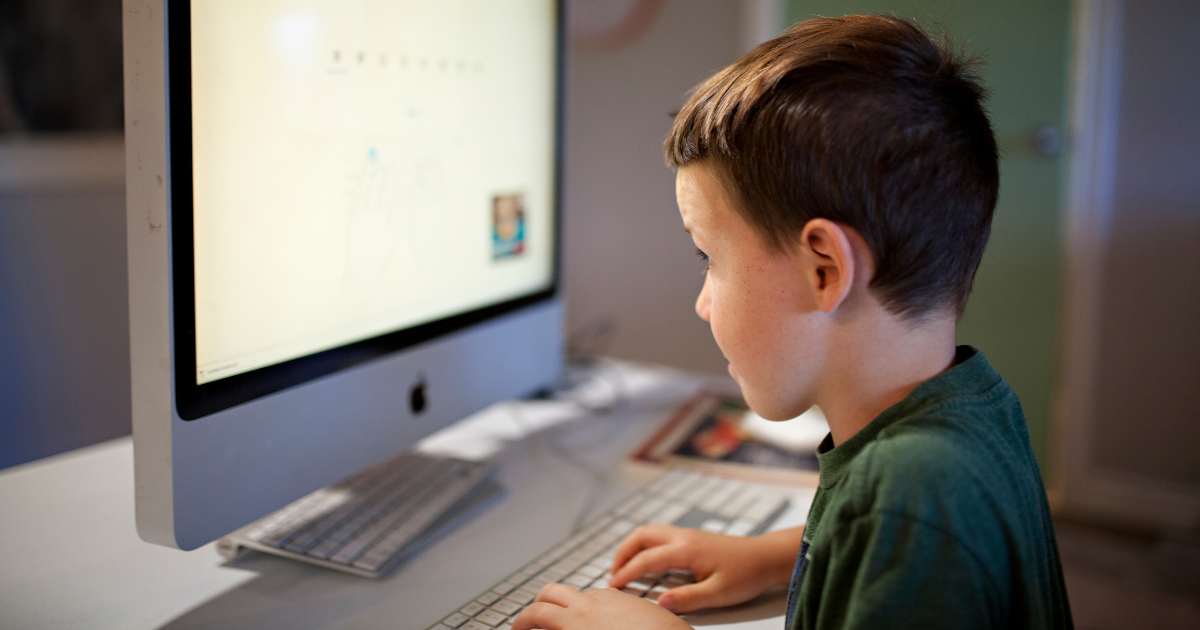

0 Comments